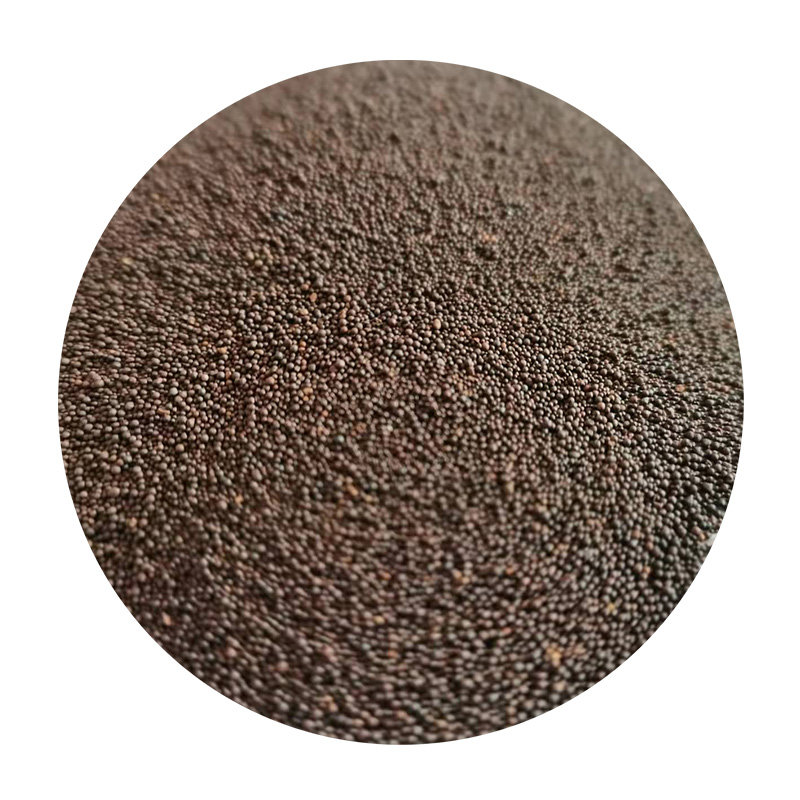Sanding and Painting 3D Prints A Comprehensive Guide
In recent years, 3D printing technology has revolutionized various industries, from prototyping to manufacturing and beyond. While the ability to create intricate designs with ease is a significant advantage, the post-processing stage is equally crucial for achieving a high-quality finished product. Sanding and painting 3D prints are essential steps that can significantly enhance the appearance and durability of your final print.
Understanding the Basics of Sanding
Sanding is the process of using abrasive materials to smooth and refine the surface of a 3D printed object. Most 3D prints, especially those made with Fused Deposition Modeling (FDM), may have visible layer lines due to the additive nature of the printing process. These lines can detract from the overall aesthetic of the piece, making sanding an essential technique.
To begin sanding, start with a coarse grit sandpaper (around 100-200 grit) to remove larger imperfections and layer lines. Use a sanding block or your fingers to apply gentle pressure, ensuring an even finish. Gradually progress to finer grits (400 to 2000 grit) to achieve a smooth surface. Remember to keep the surface wet during the sanding process if you are working with certain materials like PLA, as this can help reduce dust and prevent overheating.
Choosing the Right Tools
In addition to sandpaper, there are various tools that can aid in the sanding process. Electric sanders, such as orbital sanders, can speed up the process for larger prints. For intricate details, precision tools like needle files or sanding sticks can be helpful. It's important to wear a dust mask and goggles to protect yourself from fine particles when sanding, regardless of the size of your project.
sanding and painting 3d prints

Painting Your 3D Prints
Once you've achieved a smooth surface through sanding, the next step is painting. Painting not only adds color but can also protect the surface of the print. Before painting, ensure that the print is clean and free from grease. A simple wash with soap and water can suffice. After cleaning, it is advisable to apply a primer. Priming helps the paint adhere better and provides a uniform surface, especially important for prints with intricate details.
When selecting paint, consider using acrylic or enamel spray paints specifically designed for plastics. Spray paints create a smooth finish and are easy to apply, allowing for an even coat. For more control, you may opt for brush-on paints. Regardless of the method, apply several light coats rather than one heavy coat to prevent drips and ensure even coverage.
Final Touches and Finishing
After the paint has dried completely, consider applying a clear coat to seal the paint and add a glossy or matte finish depending on your preference. This protective layer not only enhances the visual appeal but also helps in increasing the longevity of the print.
In conclusion, sanding and painting 3D prints are crucial steps that can elevate the quality of your projects. By investing time in these finishing processes, you can transform a basic 3D print into a stunning piece of art that showcases your skills and creativity. Whether you’re crafting functional items or artistic creations, proper post-processing will make a significant difference in the final outcome. Happy printing!
Post time:Oktoba . 16, 2024 01:12
Next:Incorporating Sand into Resin for Innovative Crafting and Design Opportunities
